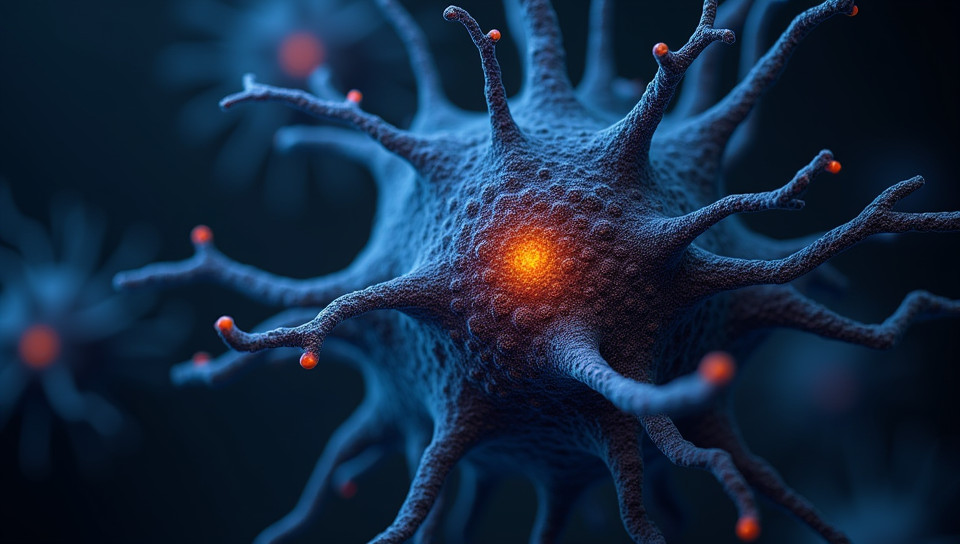The activity of neurons does not explain behavior 69%

The Limitations of Neuronal Activity
Have you ever wondered how our brains manage to perform complex tasks, from solving intricate math problems to creating works of art? For decades, scientists have been trying to crack the code behind human behavior, with a significant focus on understanding the activity of neurons. However, research has shown that the activity of neurons does not fully explain behavior.
The Complexity of Neuronal Activity
Neurons are specialized cells in our brain that communicate with each other through electrical and chemical signals. This communication is crucial for various cognitive processes, including perception, attention, memory, and decision-making. Despite the immense progress made in understanding neuronal activity, it remains a complex and multifaceted phenomenon.
The Problem of Reducing Behavior to Neuronal Activity
One of the primary challenges in explaining behavior through neuronal activity lies in reducing complex behaviors to simple neural processes. For instance, consider a person who can recite a poem from memory. While we can analyze the neural activity involved in recalling and articulating words, it's challenging to fully capture the nuances of language, context, and emotional significance that make up the experience.
The Oversimplification of Behavior
The activity of neurons has been likened to a piano keyboard, where each key press corresponds to a specific note. However, music is more than just individual notes; it's the harmony, melody, and rhythm that create a rich auditory experience. Similarly, behavior cannot be reduced to a simple sum of neuronal activities; it involves the intricate relationships between neurons, as well as environmental, social, and cultural factors.
The Role of Context in Shaping Behavior
Behavior is often shaped by the context in which it occurs. For example, the same person who can recite a poem from memory may respond differently when faced with a traumatic event or a creative prompt. These contextual factors cannot be captured solely through neuronal activity; they require a more holistic understanding of human experience.
- Examples of contextually dependent behaviors include:
- Emotional responses to different social situations
- Creative outputs in various artistic mediums
- Problem-solving strategies in complex environments
Conclusion
While the activity of neurons is an essential component of behavior, it does not fully explain our complex cognitive and behavioral processes. A more comprehensive understanding requires considering the intricate relationships between neurons, as well as environmental, social, and cultural factors that shape human experience. By acknowledging the limitations of neuronal activity, we can move towards a more nuanced understanding of human behavior and its many complexities.
- Created by: Kelly Clancy
- Created at: Oct. 14, 2024, 6:17 a.m.
- ID: 12684




